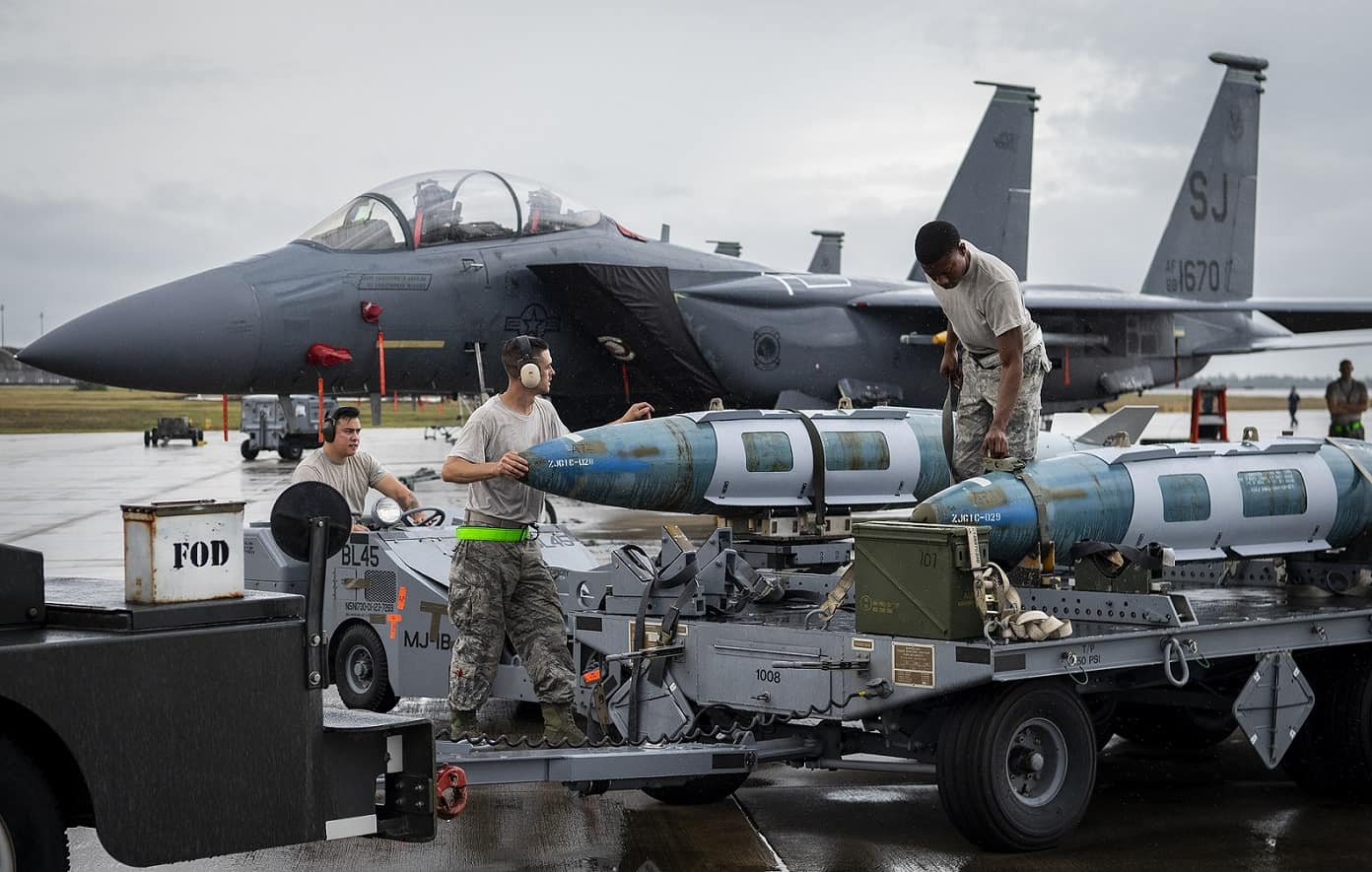
The U.S. Air Force awarded Faxon Machining Inc. with a new $600 million contract for next-generation area attack warhead.
Per the contract, the U.S. defense contractor will provide “procurement of 15,000 BLU-136/B next-generation area attack warhead cases”.
Work will be performed at Cincinnati, Ohio; and Indianapolis, Indiana, and is expected to be complete by Sept. 30, 2026.
According to the current information, the BLU-136/B is a 2,000 lb.-class bomb designed to rain down metal fragments on enemy forces as a replacement for cluster munitions, without leaving behind unexploded ordnance. This weapon is four-times the size of the BLU-134/B Improved Lethality Warhead, which is now being put into production.
The publication UPI.com reported Wednesday that the next-generation area attack weapon is a replacement for cluster munitions, which are being phased out by the Pentagon, according to a 2008 directive, because they leave unexploded ordnance and can harm civilian populations.
Cluster munitions are a type of weapon that has been banned by 102 countries largely because of concerns that they armed and unexploded cluster munitions left on the battlefield pose a long-term hazard to civilians. A 2010 international treaty outlaws the use of cluster bombs, but the U.S. is not a signatory. Although, in practice, the U.S. rarely uses cluster bombs.